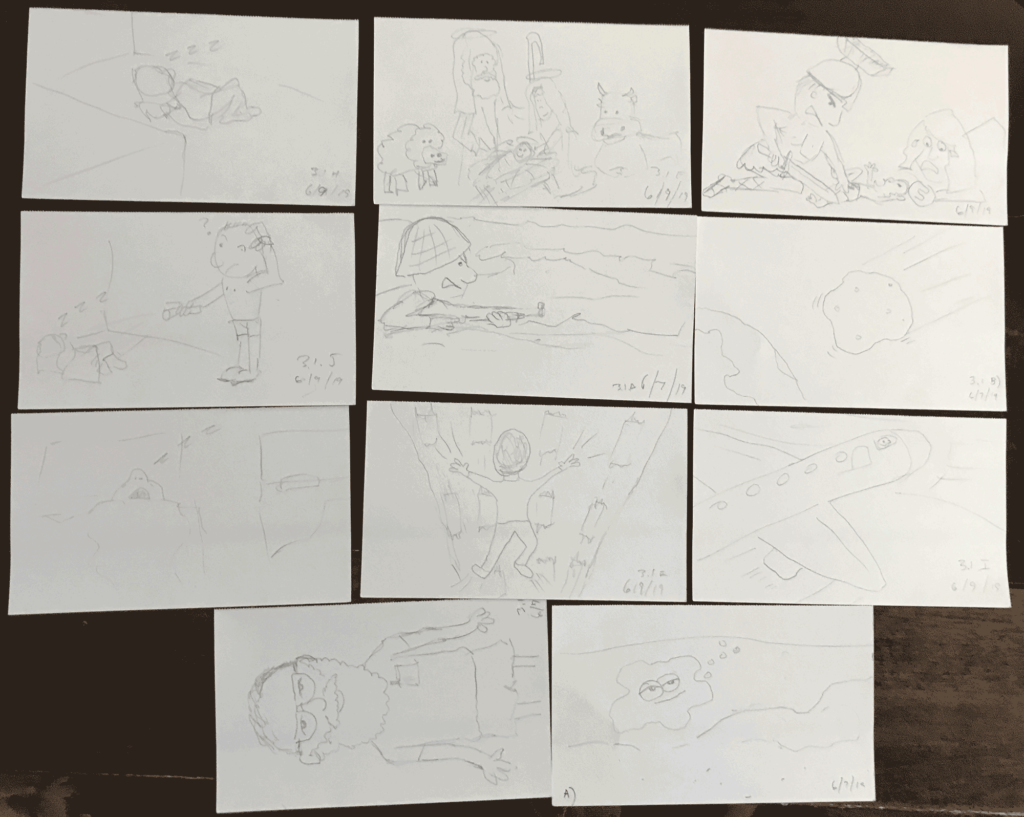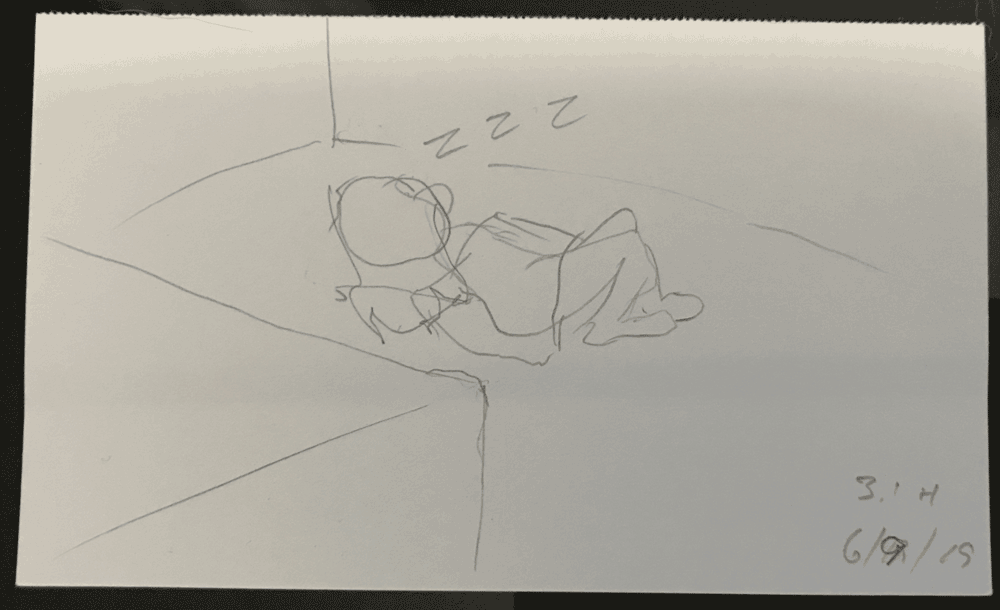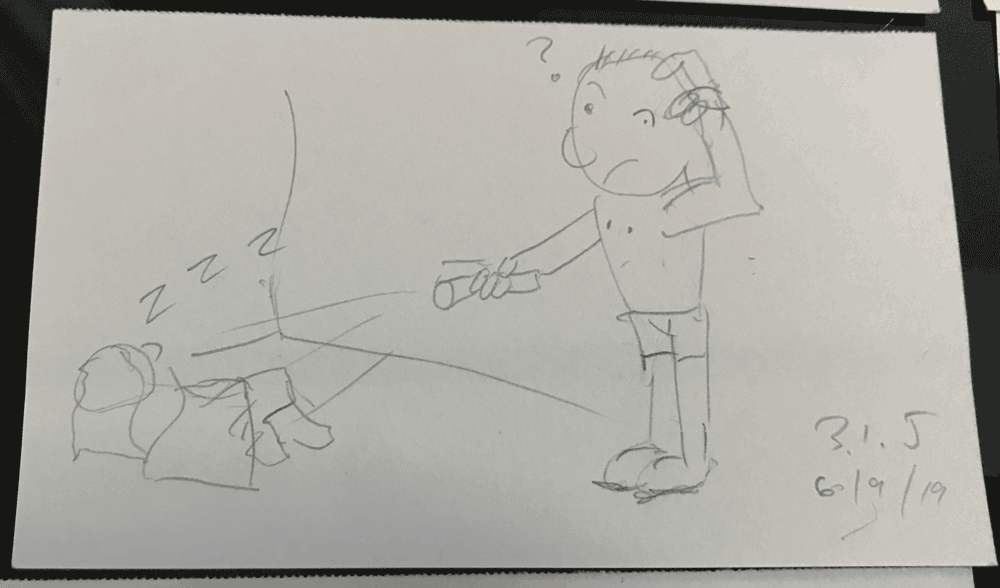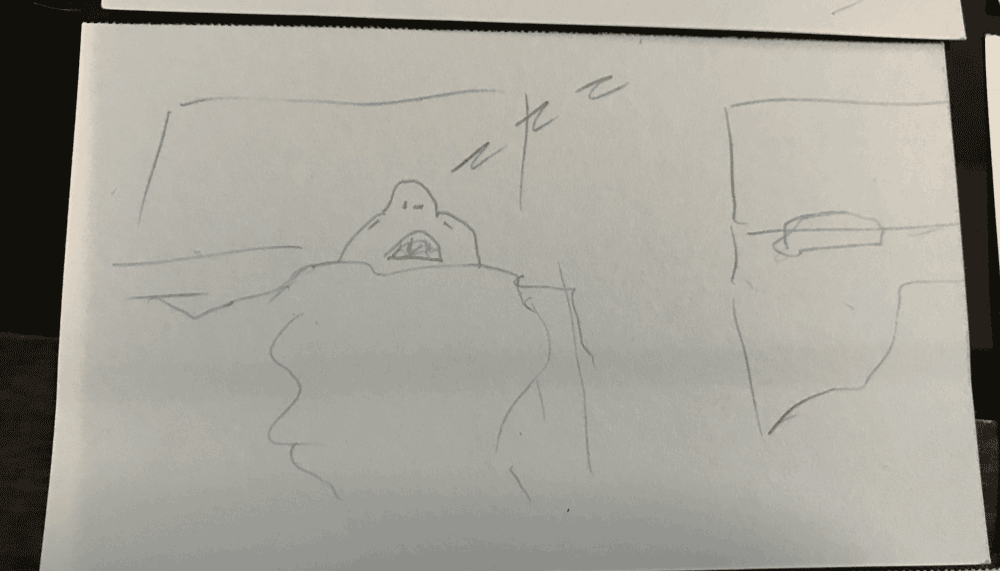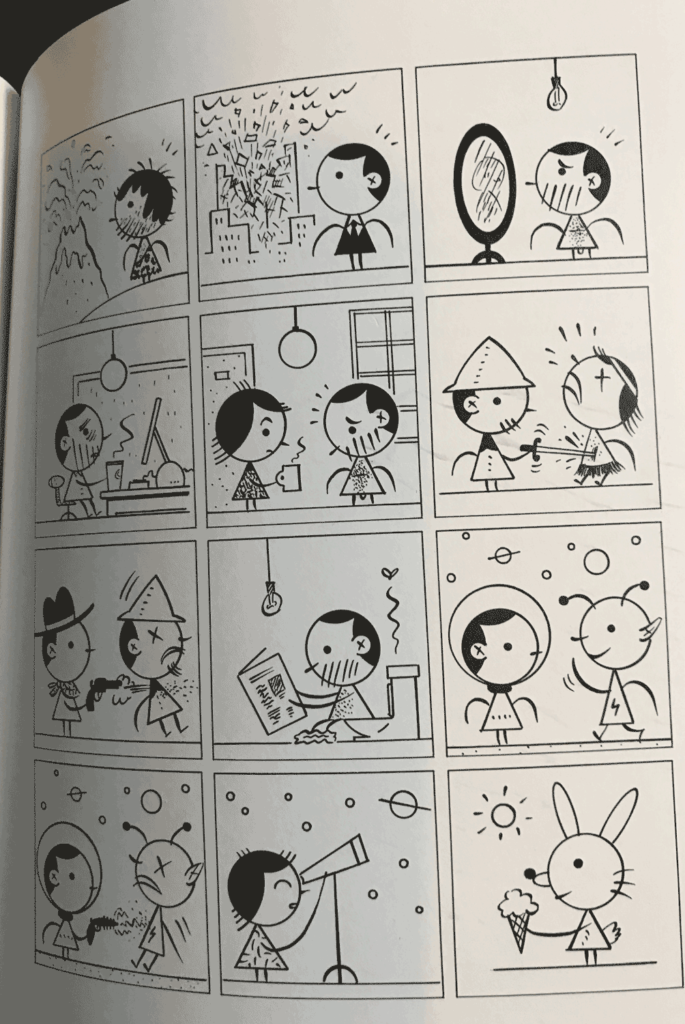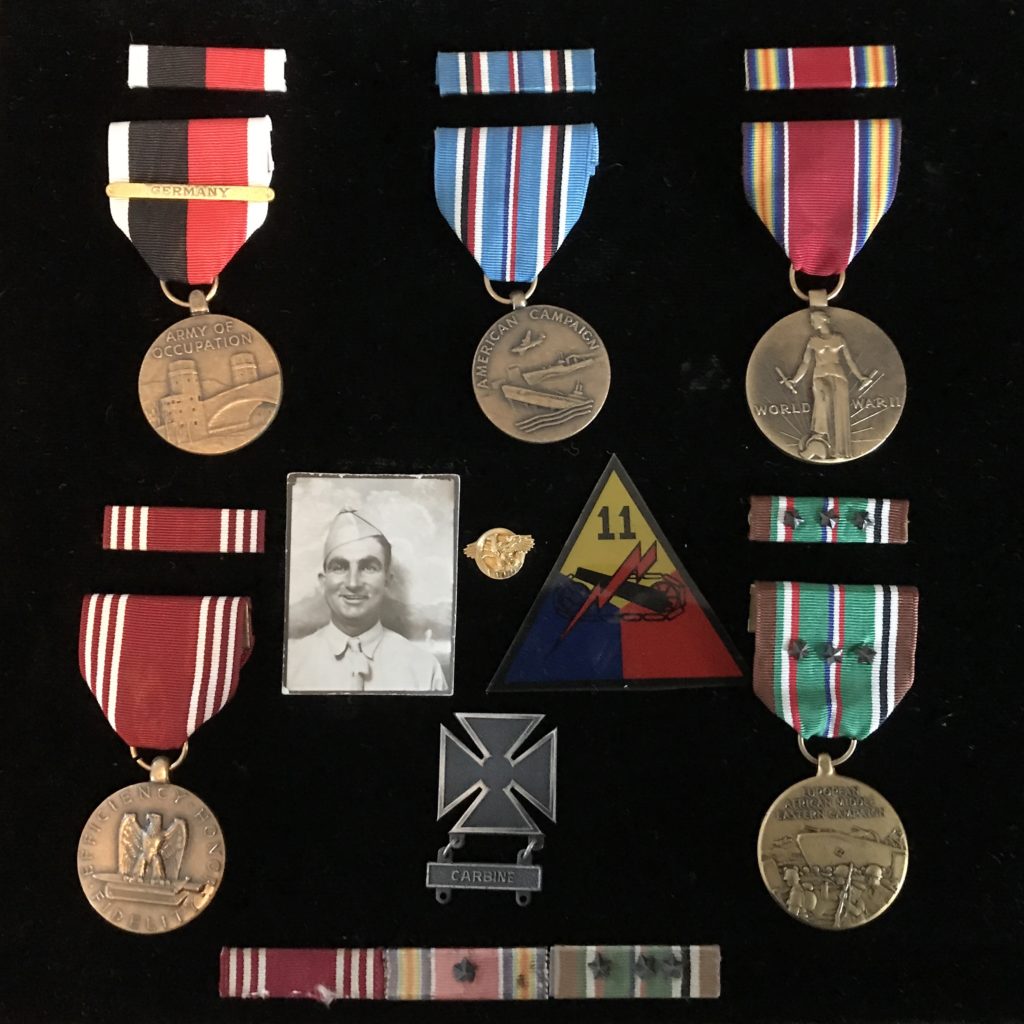I’m falling behind on my cartooning efforts. I made these drawings for the first assignment in Week 3 of Brunetti’s cartooning book last weekend, but haven’t had a chance to reflect or write on them until this morning.
For Exercise 3.1 Brunetti says to draw 12 scenes on notecards with prompts he gives like “beginning of the world” “end of the world” “something that happened at lunchtime” “an image from a recent dream” “something that happened early this morning” “something happened right after that” and so on.
These are drawn on notecards in order to facilitate arranging the scenes into a four-panel sequence noting the type of narrative you prefer, what visual elements connect the scenes, breaks in the narrative, reordering the scenes and so forth. According to Brunetti, “the haiku-like rigidity of the four-panel structure allows us quite a flexible starting point.”
One of my favorite sequences was “something that happened early this morning.” We spent the night in a hotel for my daughter’s softball tournament. I woke up in a panic because she wasn’t in her bed. I found her sleeping on the floor. All the while, her mother was sound asleep, oblivious to my panic over our missing child.
I wasn’t really able to make a four-panel sequence using that, as I only drew three scenes of it. But I did rather like the nightmare sequence of the person falling, the D-Day invasion, the asteroid falling towards the earth and the person in bed sleeping. I think that one worked with the sleeping person either at the end or the beginning of the sequence.
I think the ideas are connected by being nightmarish scenes, then the relief that they are only dreams. When I compared my 11 cards (I didn’t get the 12th one made) with Brunetti’s example in the book, I noticed that each of his panels (except one with an animal character) featured a person in it, whereas mine did not always prominently feature a character.
The other thing I noticed is his style of drawing characters with simple geometric shapes and background elements gives a consistency of visual elements in every panel. I don’t really have anything like that. He draws a line for the ground in every single scene. Many of mine have straight line elements, but some do not. He also uses a circle in the background in most of his panels, either a light fixture, the sun, or stars and planets in the futuristic scenes. This gives his work a distinctive and recognizable quality to it. He’s found his visual “voice” whereas it seems I’m still searching for mine.
